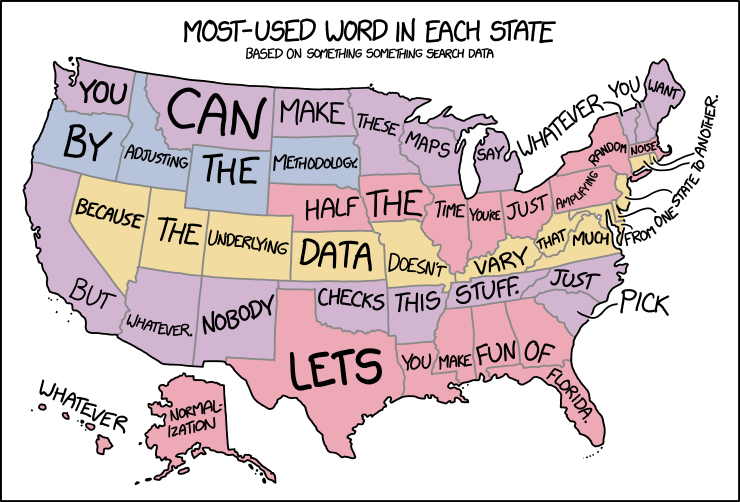
Based on data from GovTrack, this map displays the ideological leanings of current (at the time) members of the U.S. House of Representatives by their district. “The data is based of numbers from 0-1. If the congressman is a 0 he is the most liberal in the House. If a congressman is at 1 then he is the most conservative. If the congressman is a 0.5 they are centrist. […] The most conservative congressman is Jeff Duncan, a Republican from South Carolina’s 3rd District. The most liberal congressman is Barbara Lee, a Democrat from California’s 13th District.”







 A new exhibition at Harvard University’s Pusey Library,
A new exhibition at Harvard University’s Pusey Library, 
